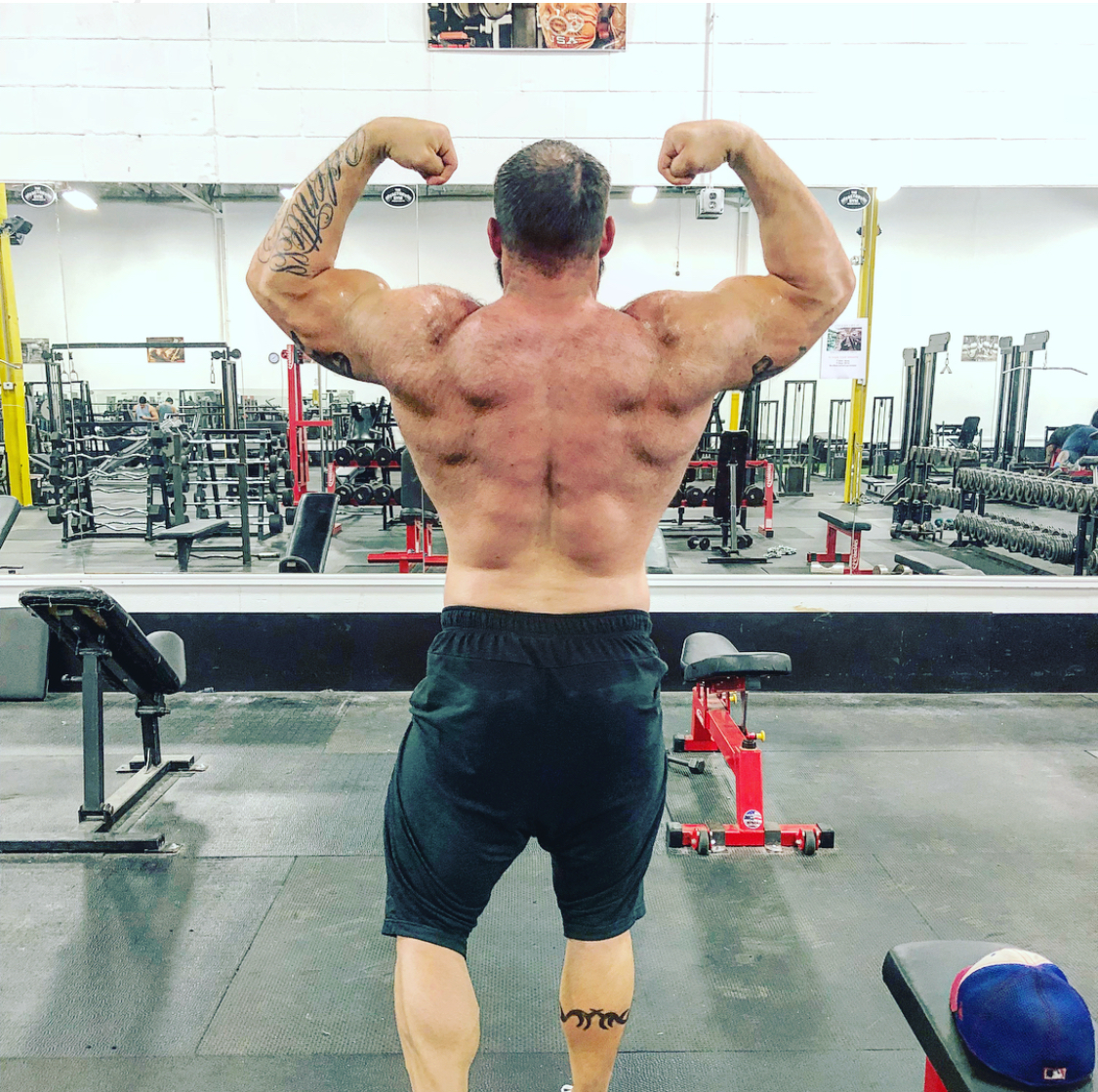
Shoulder pain, acute or chronic, is probably the most commonly seen pathology within the bodybuilding and powerlifting community. Patient symptoms, training history, movement quality, training age, they all differ and create pain. However, there are a few commonly seen issues that run across the board. These issues when singled out don’t necessarily cause direct shoulder pain, but when combined they create the perfect storm for a fu#*&@#ed shoulder.
A: Using Lats to “retract”: There’s a common theme to depress and retract the scapula to lock down the lats as seen in the bench press, squat, and deadlift. The lats, which are super strong and one of the biggest internal shoulder rotators, begin to pull the shoulder down when over used. This “inhibits” so to speak, the ability of the rhomboids, low trap, and mid trap, to stabilize the scapula. “ When i tell a lifter to “RETRACT” his scapula he automatically depresses his shoulder with his lat. This is a problem. The lat pulls the scapula so it “wings” causing the retractors and subscap to be put in a passively stretched and long position. Nothing can contract in this position, and we certainly dont put our shoulder in an optimal position for pressing.
B: Your Serratus Anterior is broke: This literally is seen in almost every shoulder case to some degree. The Serratus which is used to to upwardly rotate and pull the scapula around the ribcage becomes short and tight because of its attachment to the scapula which is being pulled by a tight lat. This leaves the scapula in a position to be pulled by other supporting structures. The levator scapula from the top and the biceps from the front. They play tug of war until you geth that excruciating pain in the front delt of your bicep and then you come see me.
C. Teres Minor Funk: The lats little helper.... Well, when the lat is screwed the teres minor will act to help. It’s primary roll, as a connector from the lat to the scapula, is to stabilize the humerus in the socket so it doesn’t travel upwards. It acts to laterally rotate the humerus externally, i.e. tucking your elbows in the bottom of the bench. This muscle is not designed to withstand that much load and force. The surface area of the tissue alone cant handle the capacity. This will lead to commonly seen rotator cuff tears. A short and tight teres minor cant contract, this means no rotation of the shoulder (humerus) lateraly to tuck the elbows in the opposite direction, possible upslide of the humerus into the socket which means poor stability.
So, now for what you came for. This patient had all of the above plus some. We assessed, provided treatment, and then went some positional changes in certain exercises. We then went through the begging exercises that he will be using to restore normal movement patterning and activation. The exercises are as follows
1: Eccentric Quadruped Thoracic Rotations:
2: Eccentricly loaded t-spine extension:
3. Serratus Wall-Slide:
The key with rehab is not throwing to much at one time. This will let the body adapt. To many times i see people throw the kitchen sink at their injury and then nothing works. Pick 2-3 things, 4 at the very most that will have the biggest effect, as determined by the initial assessment and screen, and then start slow and easy and then progress. When these movements become secondary and are naturaly occuring it is now time to progress or add in. The key is consistency, intent and patience. Live, Learn, Pass On.








